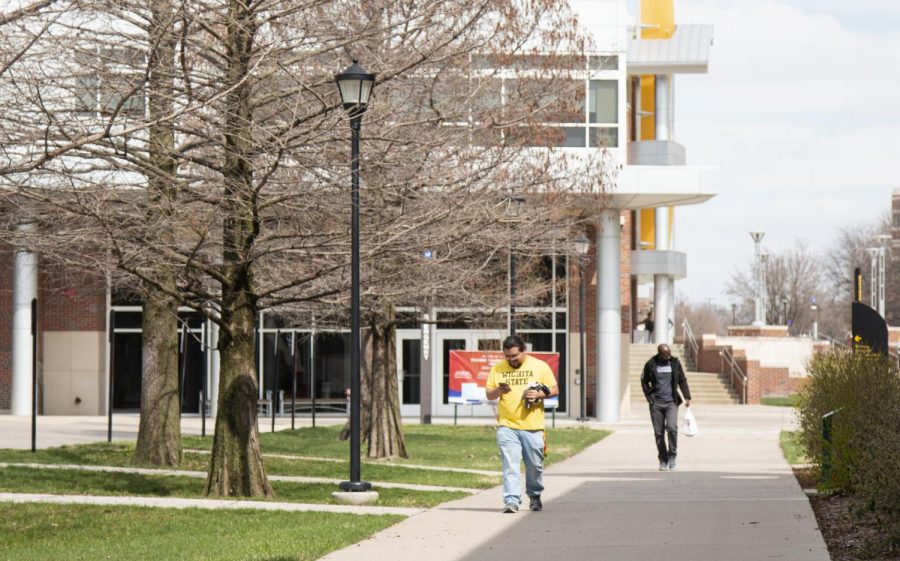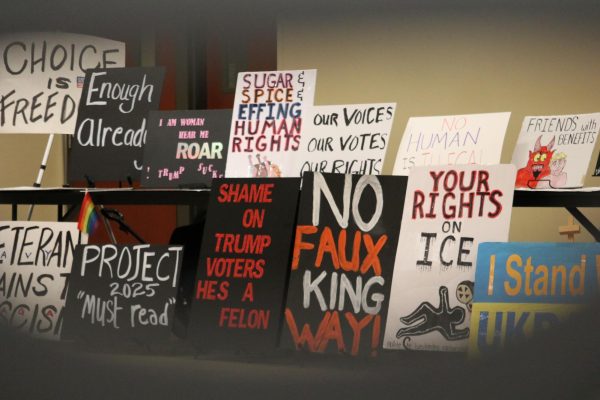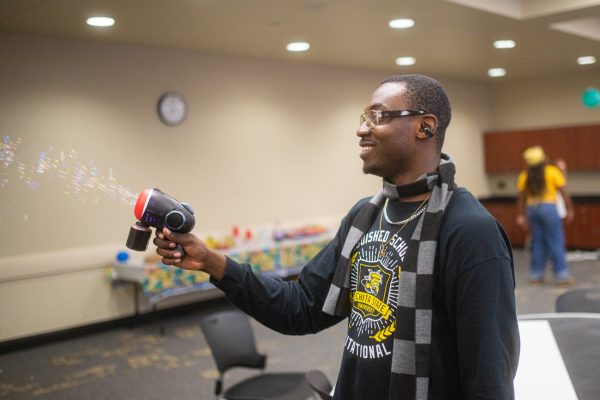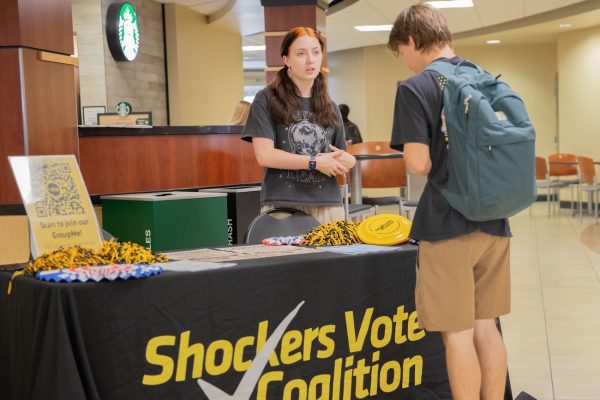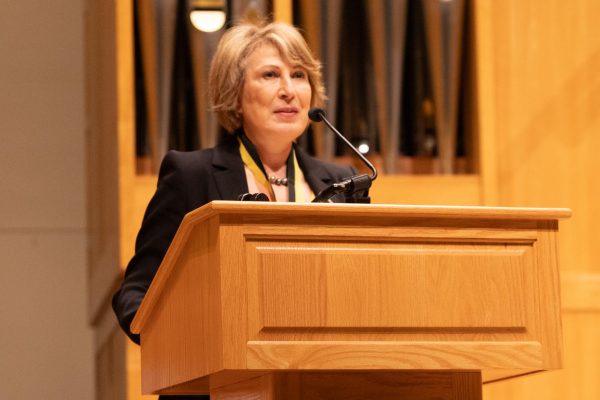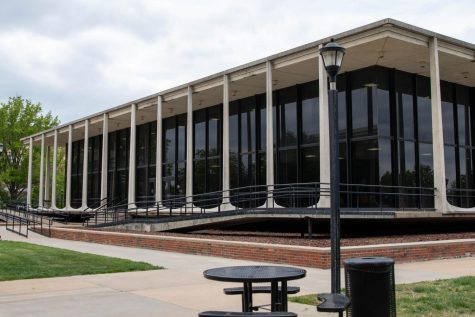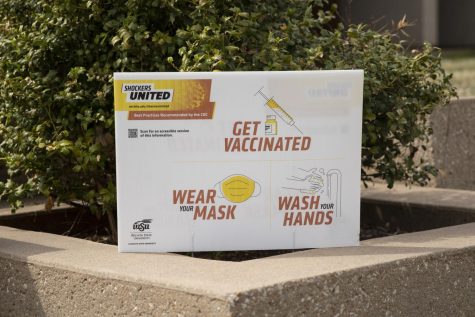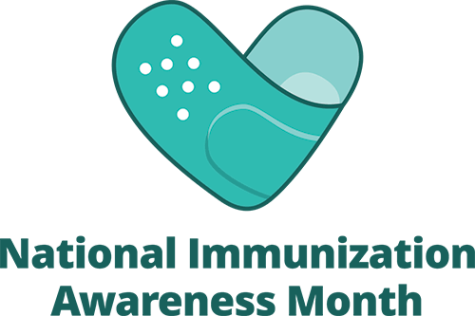Uncertainty still surrounds CARES Act funding for Wichita State
Wichita State campus on Monday, March 23, 2020.
UPDATE: The Education Department issued guidance to universities on Tuesday banning the emergency student funds from going to DACA students.
Earlier this month, Wichita State was notified of its eligibility for $8.8 million in funding from the Department of Education through the CARES Act. Half of that money must go to emergency funds for students.
Uncertainty still surrounds how — and when — the university will receive that funding.
“We have not received that money,” President Jay Golden said in an interview with The Sunflower on Friday.
The Education Department is distributing the funds in two parts — first the emergency funds for students, about $4.4 million for WSU. The rest will be sent later, however, the university still hasn’t received guidance from the federal government on how that money can be used.
In order to receive the money for student emergency funds, the university had to sign and send in their application, which Golden said has happened.
“We’re going to turn around, and the financial aid office is taking the lead in this, in getting those funds to the students as soon as possible,” Golden said, “And they have to prioritize to give them to the students with the greatest need.”
Golden said the federal government has also directed universities to disburse those funds to as many students as possible.
“So it’s like, we can’t just give ‘X’ to a few students. We have to, and like all schools, we’re trying to figure out what the balance is, so we can both meet the needs of those who have the most immediate needs ASAP and then distribute it,” he said.
It’s uncertain whether those funds will be available to international or DACA students, but Golden said if they aren’t available to them, they can receive emergency funds through the WSU Foundation.
“The Department of Education is supposed to have some conference call and provide even more clarity, because universities are really trying to figure out the rules of distributing those funds to students,” Golden said.
What’s even more uncertain is how the university can use the rest of the funds through the CARES Act.
“No university has been told by the federal government, how to get the funds, when we will get those funds, and what we can use those funds for,” Golden said.
Early estimates from the university suggest that there will be an at least $6.5 million shortfall in revenue from a decline in fall semester enrollment — but that also doesn’t include money that the university is losing out on from canceled athletic events and rentals for university property over the summer.
Golden said he hopes the remainder of the funding through the CARES Act can be used to counteract the revenue loss — bringing the shortfall down to about $2.2 million.
“So, one of the best-case scenarios is they say, yes, it’s 4.4 for us, fill out the form to get it, and then use it to support your losses. So then that 6.5 to 4.4 — now it’s 2.2,” he said. “With a variable, we still don’t know what enrollment is. If enrollment goes back up, that 2.2 shrinks.”
According to Golden, summer enrollment has remained steady, however, fall enrollment is down by at least 6%. While fall enrollment is down, he said incoming freshman enrollment is up, but it’s returning and international student enrollment that has been hit hardest.
“So, what we don’t know is potentially many of those who haven’t re enrolled, it could be because A) they’re working — their parents may be temporarily laid off. It could be families aren’t sure if they want kids going to college or classes,” Golden said.
“There’s gonna be some losses for international students because international students may not be able to get back — visas aren’t being issued right now. So there’s a lot of unknowns.”
Golden said that despite this, it’s best that the university is still in this position.
“To be down, it’s best to be in the place we’re in right now, because those who haven’t re-enrolled could re-enroll, likely many of them will re enroll, but we have to hope for the best, plan for the worst.”
It’s still unclear what fall classes will look like. However, Golden suggested that classes will likely be in-person with some safety measures such as temperature checks to enter buildings and social distancing in bigger classrooms.
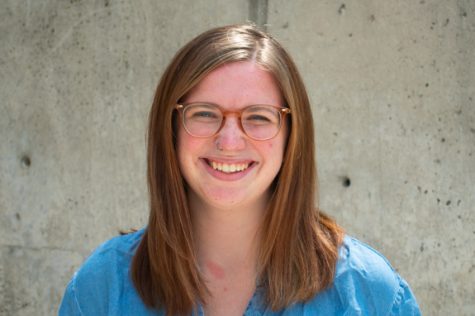
Kylie Cameron was the Editor in Chief of The Sunflower for the 2019-2020 school year.
She is a senior studying political science and journalism and...



